ITHACA, NEW YORK—According to a report in the Olean Times Herald, Sturt Manning of Cornell University and John Hart of the New York State Museum have obtained new radiocarbon dates from Native American sites in upstate New York and created a new timeline for the occupation of the Mohawk and Hudson River Valley regions at the time of European contact. Because Europeans traveled by river from the coast into New York in the sixteenth and early seventeenth centuries, timelines for Native American settlement of these areas had relied upon the arrival of European goods such as metal items and glass beads. But Manning noted that not all Native American groups accepted contact or goods from Europeans. The researchers thus analyzed metal goods from the settlements with portable X-ray fluorescence to see if they may have been crafted from local materials, collected new radiocarbon dates of organic materials such as maize kernels, and conducted a statistical analysis of archaeological and historical information. The results of the study suggest that the shift to larger, fortified communities at some Iroquoian sites did not occur in the mid-fifteenth century, as previously thought, but between the mid-sixteenth and the beginning of the seventeenth centuries. To read about a site that was once home to eastern Native American tribes that might have included the Iroquois, go to "Letter from Philadelphia: City Garden."
Direct Dating of New York Settlements Offers New Timeline
News March 23, 2020
Recommended Articles
Off the Grid January/February 2026
Prophetstown, Indiana

Features September/October 2025
Spirit Cave Connection
The world’s oldest mummified person is the ancestor of Nevada’s Northern Paiute people


Ancient DNA Revolution September/October 2024
Wild and Woolly Ancestors
Washington State and British Columbia, United States and Canada
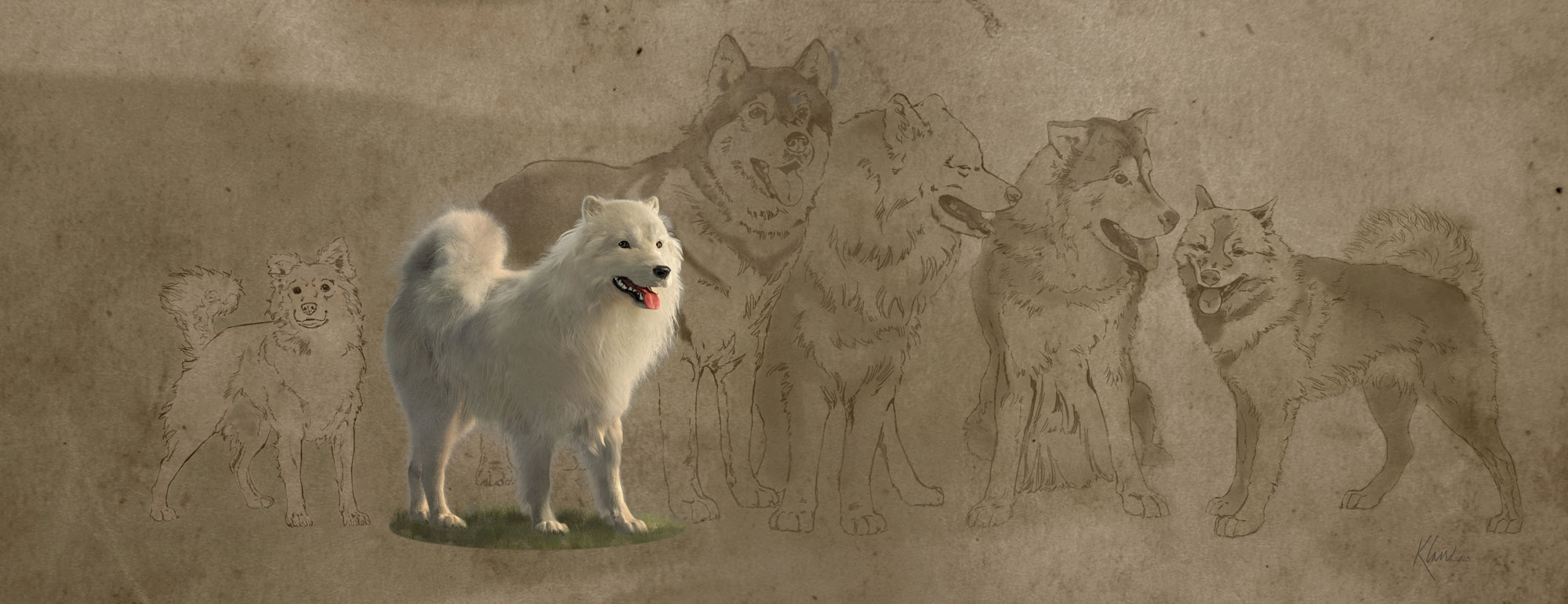
-
Letter from Ireland January/February 2020
The Sorrows of Spike Island
Millions were forced to flee during the Great Famine—some of those left behind were condemned to Ireland’s most notorious prison
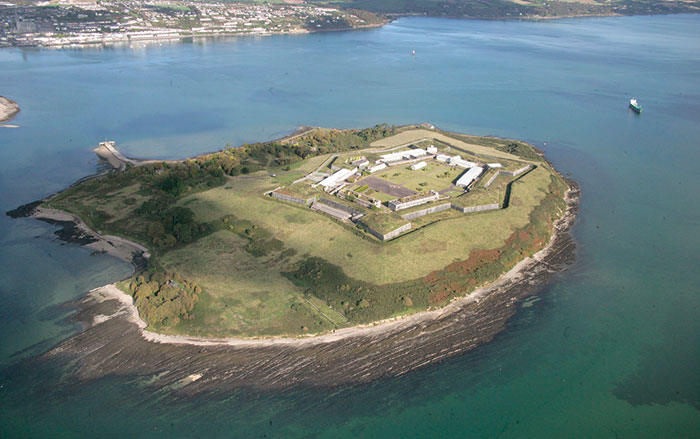 (Courtesy Barra O’Donnabhain)
(Courtesy Barra O’Donnabhain) -
Artifacts January/February 2020
Bronze and Iron Age Drinking Vessels
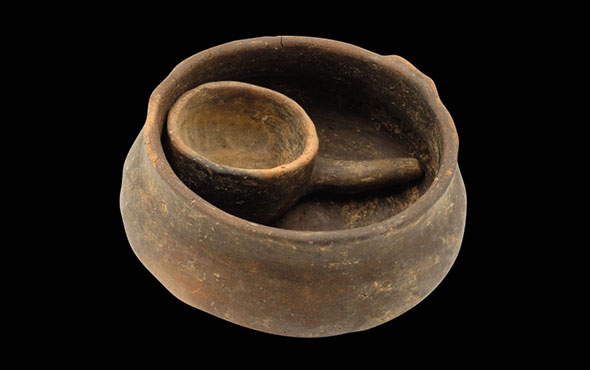 (Alexander Frisch, Museen der Stadt Regensburg)
(Alexander Frisch, Museen der Stadt Regensburg) -
Digs & Discoveries January/February 2020
The Man in Prague Castle
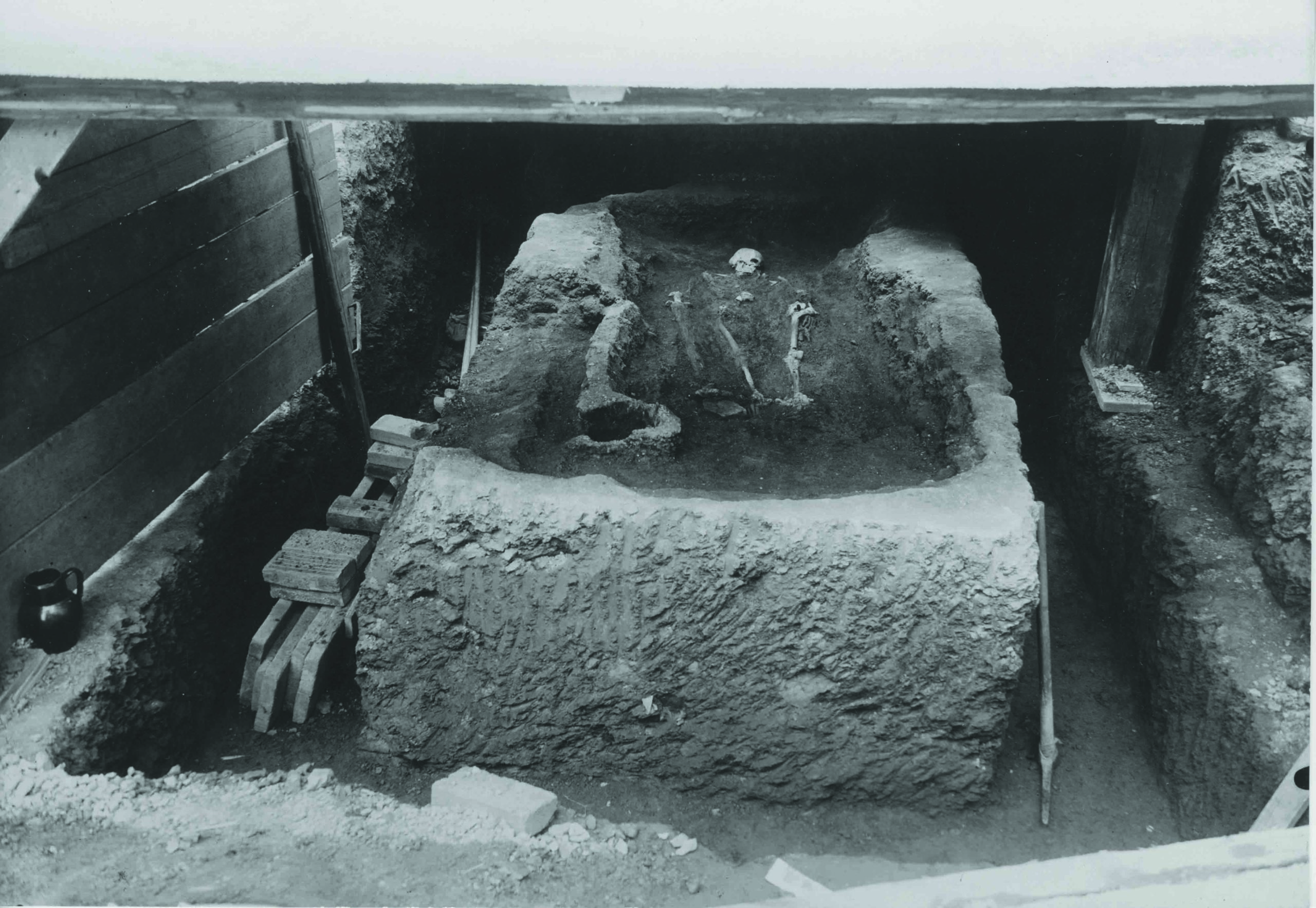 (Prague Castle excavations, Institute of Archaeology, Prague)
(Prague Castle excavations, Institute of Archaeology, Prague) -
Digs & Discoveries January/February 2020
As Told by Herodotus
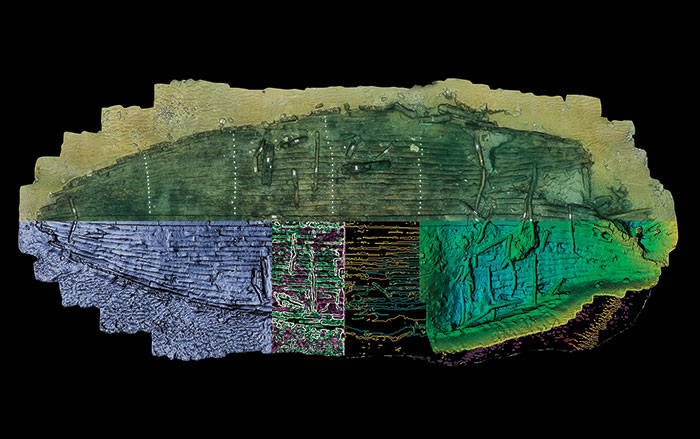 (Christoph Gerigk © Franck Goddio/Hilti Foundation, franckgoddio.org)
(Christoph Gerigk © Franck Goddio/Hilti Foundation, franckgoddio.org)


